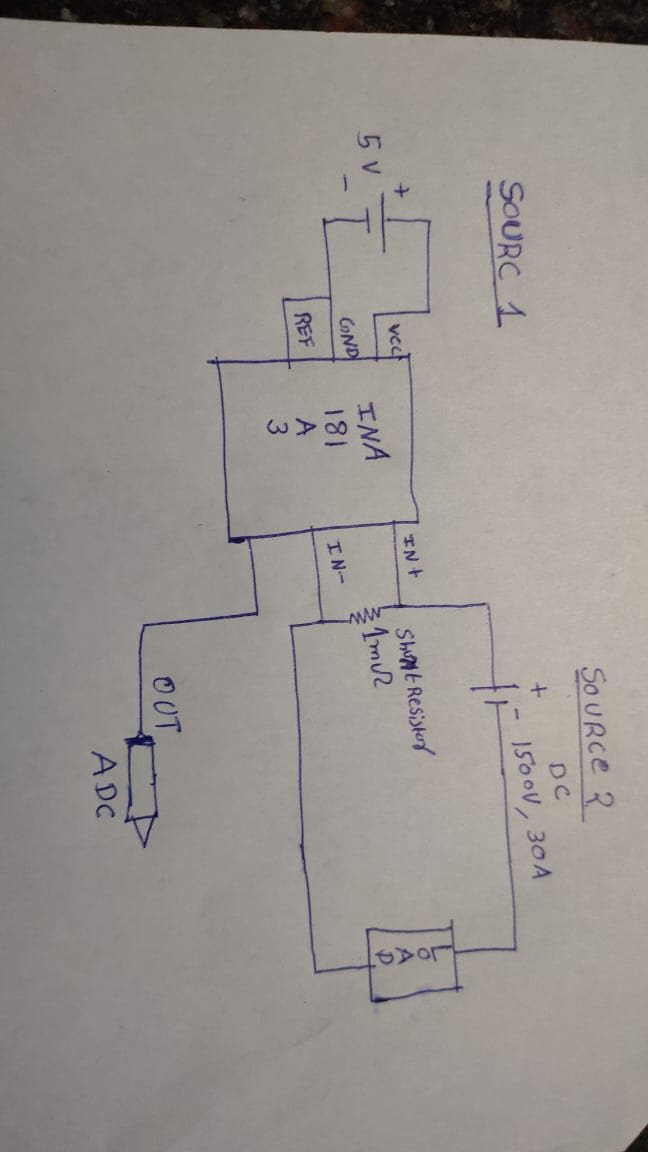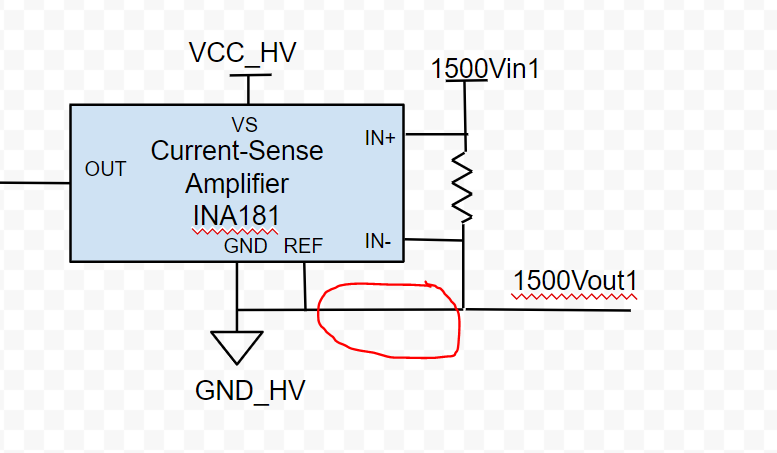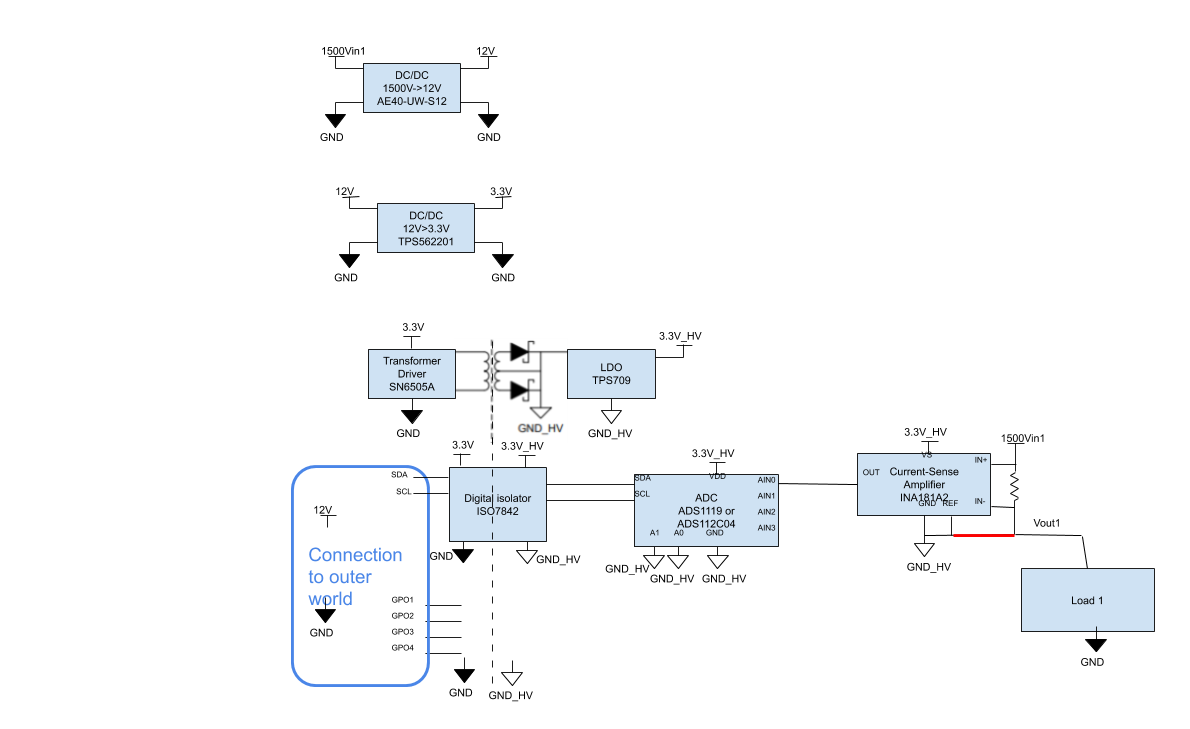Other Parts Discussed in Thread: INA260, ISO7842, TIDA-01590
Tool/software: WEBENCH® Design Tools
HI All,
I want to measure 1500C DC 30A
So i am planning to use INA181A3
I am going to use BSV001 (1millohm) shunt resistor and i am power up my INA181A3 with seperate DC 5v power supply.
i have attached below setup.
since my max voltage accross the shunt resistor is going to br 0.030mv shall i go with this design ?




